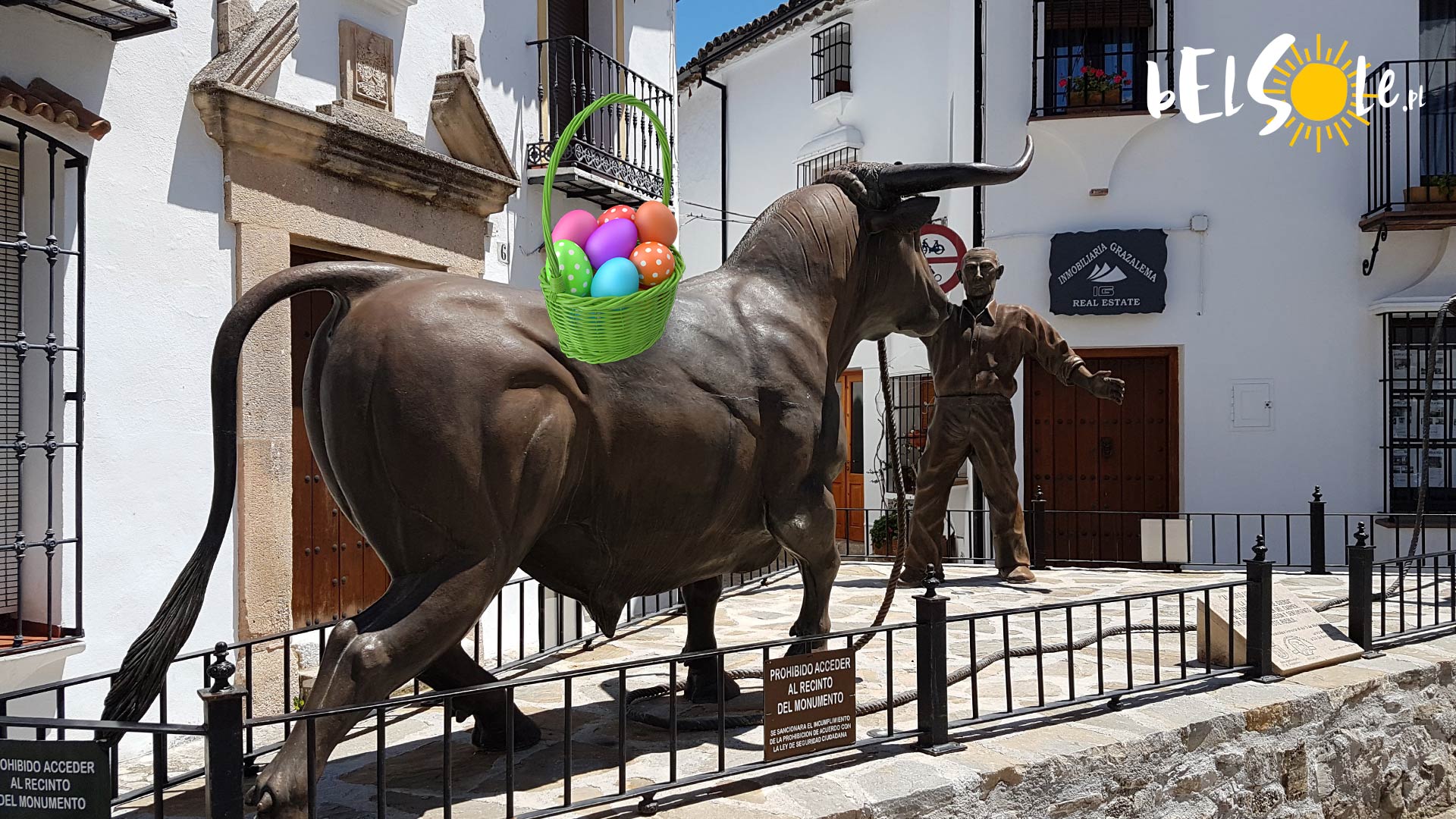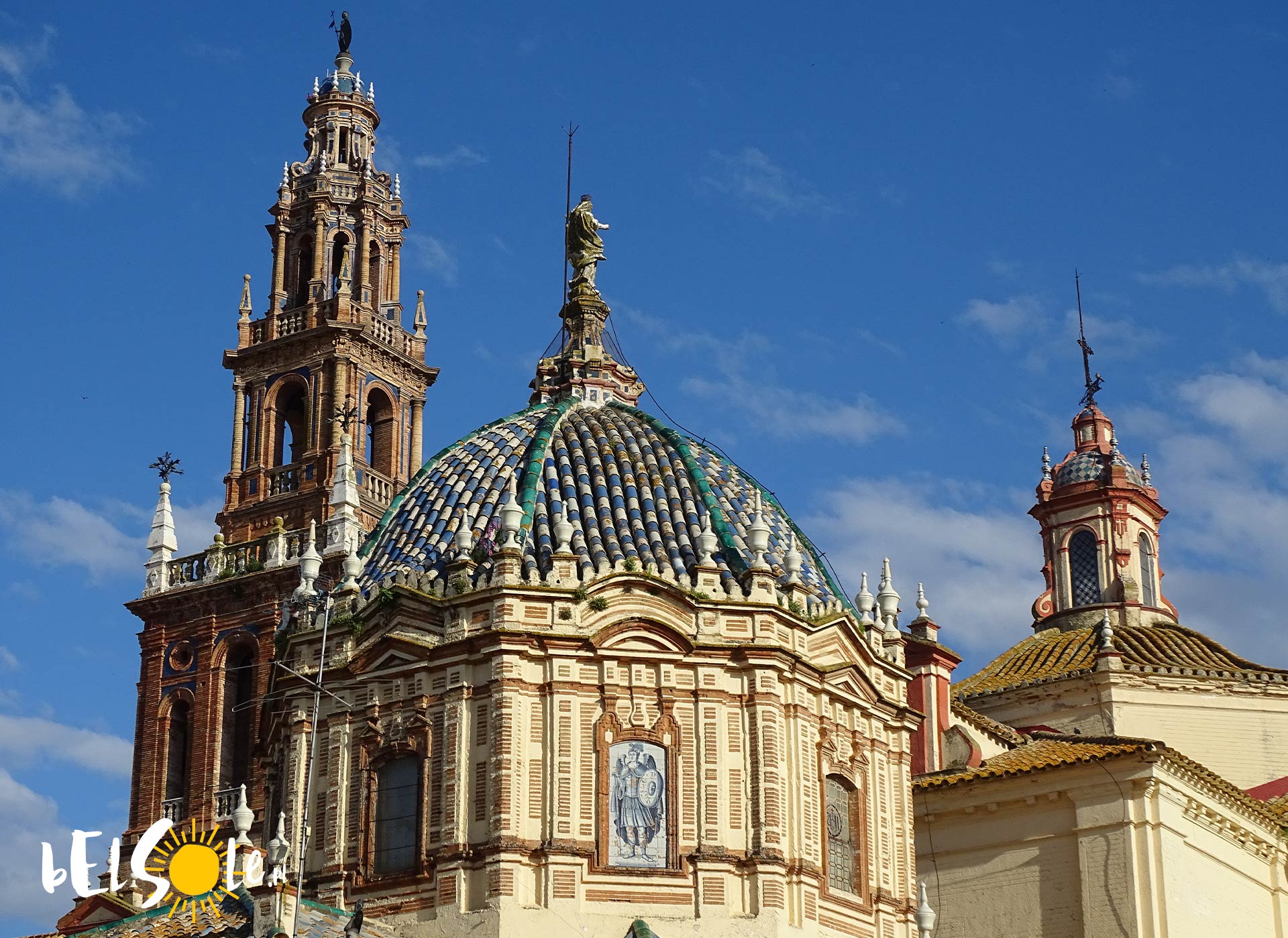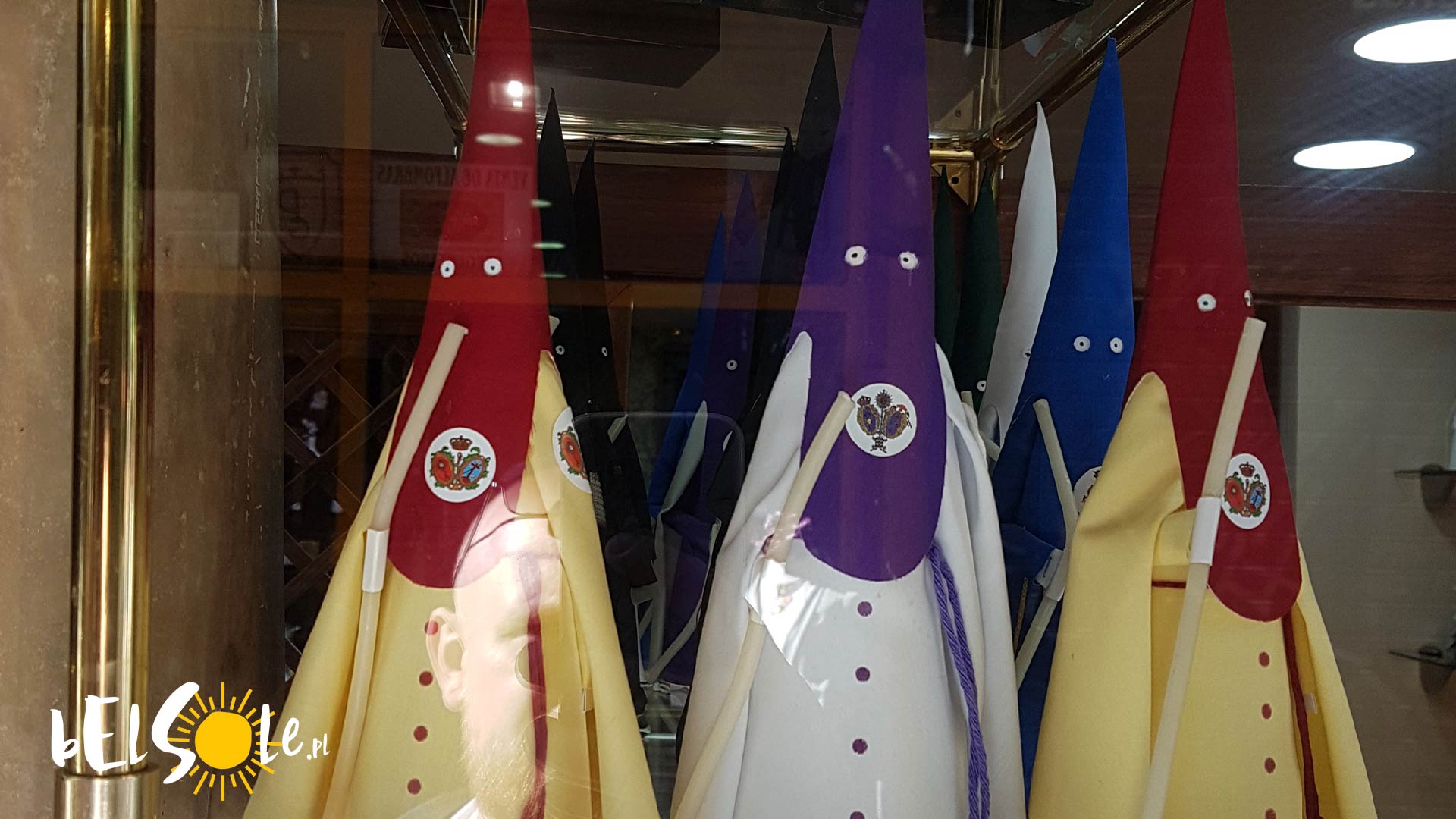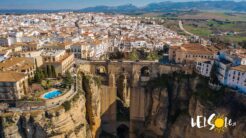Though some young Spaniards prefer to go on holidays in the Easter season than to celebrate it with their Christian parents, these centuries-old customs are still alive and well in Spain, still one of the most Catholic countries in the world afterall. How is Easter celebrated in Spain? What is usually eaten during Easter in Spain?
Easter is a movable holiday – in 2023, it was celebrated on 9 April and is to be celebrated on 31 March in 2024 (you can check the date for future years here).
Is Easter a public holiday in Spain?
Do Spanish people get days off during Easter?
If you are going to Spain for the holidays, remember that Good Friday is a public holiday throughout the country. However, Monday and Thursday afterwards may or may not be a day off depending on the province. In Catalonia, for instance, Easter Monday is an additional public holiday, while Canary Islands, Andalusia and Madrid have that holiday allocated to Maundy Thursday.
Celebrating the Holy Week
How does Spain spend Easter?
Easter celebrations start as early as Palm Sunday in Spain. Throughout the whole Holy Week, there are spectacular processions with a finale on Good Friday. The processions date back to the 13th century and are organised by various brotherhoods, each with their own patron saint. Today, there are approximately 60 registered congregations.
What do the processions look like? Members of the respective groups, dressed in historical costumes, carry large platforms with statues of the Virgin Mary, Jesus or the saints. They are accompanied by penitents called capirotes. The tradition of penitents dates back to the time of the Inquisition, when sinners had to wear penitential robes and put huge pointed hoods on their heads.
Bloody self-flagellation
Yes, literally. What do the Spanish do on Easter? In some areas of Spain, flagellants, called picaos, take part in processions held on Maundy Thursday and Good Friday. These men are dressed in white, walk without shoes and have their feet chained. Picaos lash their own backs until their skin turns purple; then, the flagellant’s companion uses a tool called ‘esponja’, ergo a ball of beeswax with tiny crystals, to make cuts on the back of the flagellant. The idea is that the blood dripping allows the evil to flow out of a person, purifying them in effect.
Easter doughnuts
Spanish mini-doughnuts
Remember churros? Spain also has their own traditional doughnuts, called buñuelos, which are filled with vanilla cream. Another delicacy you will find in every café is the torrija, ergo slices of slightly stale bread soaked in milk with egg and sugar and deep-fried. Those who like extreme sweetness can top the torrija with honey, chocolate, a sprinkling of sugar and cinnamon – or, for a savoury version, pour wine over it.
Travelling during Easter
Queues and crowds
Easter in Spain is an opportunity to visit one’s family or get to know your own country. Therefore, if you intend to visit Spain during this time, you must expect large crowds and equally large queues for the various museums and monuments.
See also:










